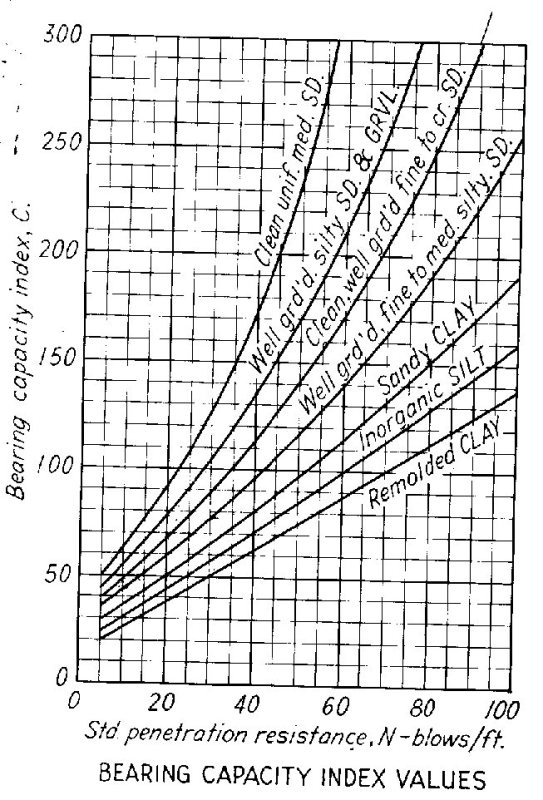strucEng36
Civil/Environmental
As per the enclosed sketch
I am working on steel moment frame structure resting on clay soil attached attached to concrete tower resting on rock
Both structures will be based on shallow isolated footing with no tie beams.
The soil report provided allowable bearing to be 125 kpa
The report mentioned that the maximum differential settlement under the maximum allowable pressure is expected to be 25mm with is within the limits of angular deflection limit as per the code.
I have also calculated the maximum separation joint based on lateral load analysis for the two structures to be 1" As per NBCC seismic separation requirement.
I am also considering to size the footing to have approximate nearby bearing pressure between interior and perimeter footings.
I am concerned to hear you opinions and thoughts on this case as it is new to me, Also is there any precautions I should be looking into?
Thank you,
I am working on steel moment frame structure resting on clay soil attached attached to concrete tower resting on rock
Both structures will be based on shallow isolated footing with no tie beams.
The soil report provided allowable bearing to be 125 kpa
The report mentioned that the maximum differential settlement under the maximum allowable pressure is expected to be 25mm with is within the limits of angular deflection limit as per the code.
I have also calculated the maximum separation joint based on lateral load analysis for the two structures to be 1" As per NBCC seismic separation requirement.
I am also considering to size the footing to have approximate nearby bearing pressure between interior and perimeter footings.
I am concerned to hear you opinions and thoughts on this case as it is new to me, Also is there any precautions I should be looking into?
Thank you,

